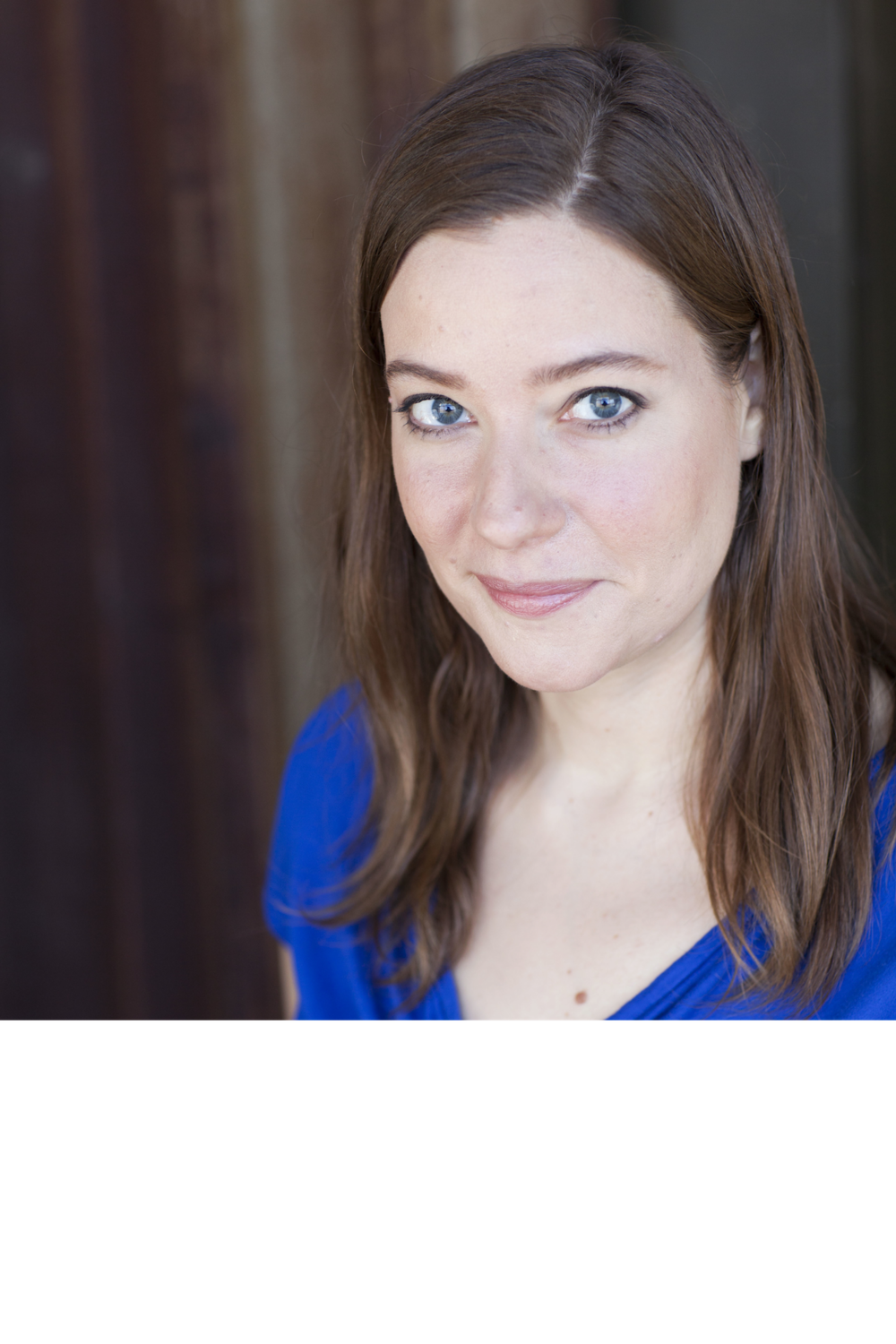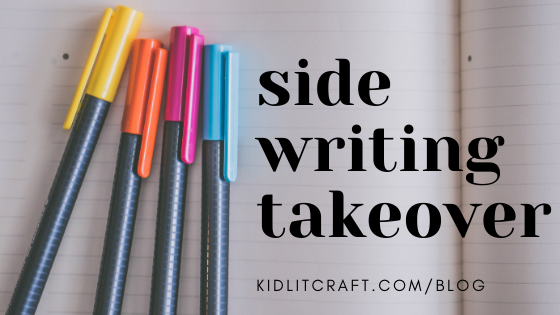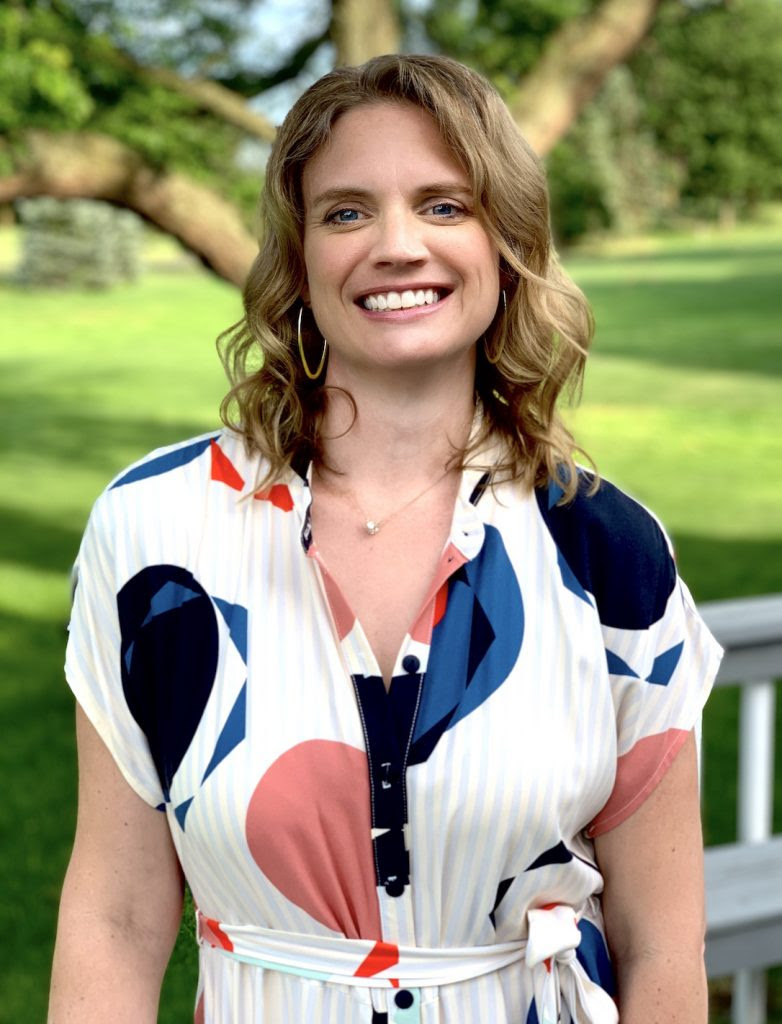interview by Erin Nuttall
Sidewriting Takeover brings together writers of picture books, middle grade, and young adult works to explore how writing outside of a draft can help deepen your drafts and revisions. Each writer shares an exercise that they’ve found helpful. If you missed our initial post: START HERE.
Mary Winn is as hilarious and generous in person as she is in her writing. If you’re looking for something funny, heartfelt, and a little absurd, you’re looking for one of her books. She is a strong plotter whose work ethic I’d like to steal. –Erin
KidLit Craft: How has sidewriting become a part of your writing process? Were you always a sidewriter?
Mary Winn Heider: I was definitely NOT always a side writer—I pushed back on it for years. I’m a veeeery slow writer. So when I was starting out, sidewriting felt like an interminable detour before getting to my story and, in general, a big momentum killer.
My attitude changed while I was writing a story that got so stuck in the mud I wasn’t sure I could get it out. I decided to try sidewriting, and miraculously (or in fact, not at all miraculously, but in fact very logically) it worked! And now that I’ve been writing a little longer, I’ve found a bit more patience for setting aside time for sidewriting before I get to a point of desperation. Now I actually enjoy taking my time and figuring out the story and not just absolutely pantsing it. (And of course it ends up that when I do the sidewriting, I figure out my story faster.)
KLC: At what points in the process of writing a novel do you do the most sidewriting?
MWH: Definitely before I start, and then sporadically while I’m drafting. I don’t do very much once I’m revising.
KLC: How does sidewriting help you?
MWH: It sounds counterintuitive, but sidewriting keeps me on track. I use it to figure out what choices my characters will make in the given circumstances. And I use it when I don’t understand the profluence of the plot, when I can’t figure out how exactly it’s going to move forward.
KLC: As a teacher, how do you ask/encourage students to engage with sidewriting?
MWH: I use a huge reservoir of prompts, ranging from very sensible (like write an internal monologue for a secondary character) to slightly more ridiculous (like what are the ten worst ways your story could end). I’m really aware of how much I struggled with sidewriting, and so I try to keep it from feeling like a huge commitment. And when we’re open to it, it can help in unexpected ways. I did the ten worst exercise for LOSERS, and then realized that I actually needed the book to end in the exact opposite of one of those ten worst. So it really influenced the story, even though it seems like a goof.
Sidewriting Challenge: Gossip Version
The sidewriting exercise I rely on most is really simple. I write a messy, gossipy version of my story (or scene or conflict). I handwrite it, like it’s a note I might pass in class, and I allow myself plenty of gossipy digressions. It simultaneously lets me to see what might be going on at the outskirts of my story (feelings and tensions that might affect the main action), and it pares down the main plot itself, so I can very basically tie each important moment to the next. I’ve developed a kind of outlining process I love, but sometimes I really crave the structure of gossip, the way it’s built on cause and effect.
KLC: Thanks, Mary Winn! Readers–try your hand at a gossipy version of your story and let us know how it goes!

Mary Winn Heider is the author of the middle grade novel THE LOSERS AT THE CENTER OF THE GALAXY, about a tuba-playing brother and scientist sister coping with the disappearance of their dad as they solve a mystery. It’s new out this March and it has already garnered multiple starred reviews. She also wrote the middle grade novel THE MORTIFICATION OF FOVEA MUNSON, a middle grade novel loosely based on her time working in a real-life cadaver lab. Her first picture book, THE UNICORNS WHO SAVED CHRISTMAS, was released in 2020. She is currently working on a commissioned theatrical adaptation of FOVEA for The Kennedy Center. Mary Winn has an MFA from Vermont College of Fine Arts, and she lives in Chicago, where she teaches creative writing residencies with Playmakers Lab, performs at theaters around the city, and sometimes helps out at The Mystery League. Mary Winn is represented by Tina Dubois at ICM.
For more of our Sidewriting Takeover series, check out these posts:
Interviewing Your Character with Karen Krossing
Time-Traveling with Jennifer Ziegler
Side-thinking and Personality with Aimee Lucido
To sign up for our monthly newsletter, click here:
Erin Nuttall holds an MFA in Writing for Children and Young Adults from Vermont College of Fine Arts and is an active member of SCBWI and ALAN. She lives outside of Chicago with her family where she writes stories for middle grade and young adult readers that offer a humorous take on friendship, identity, feminism, and romance.





COMMENTs:
0